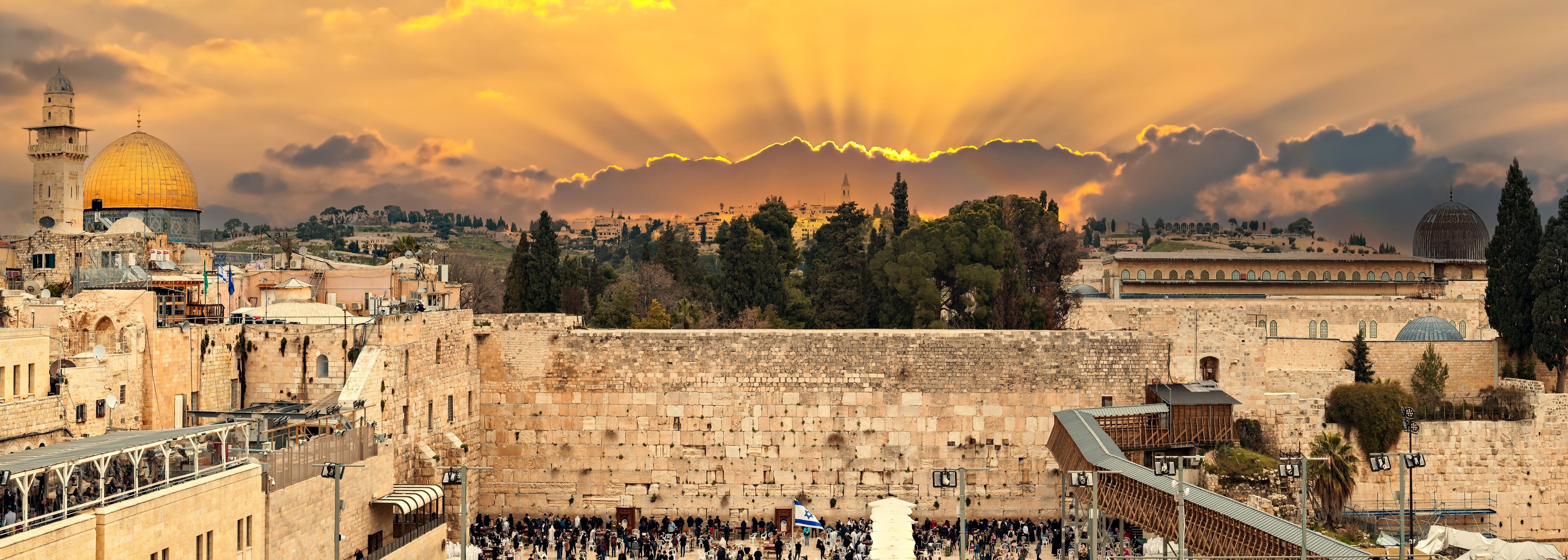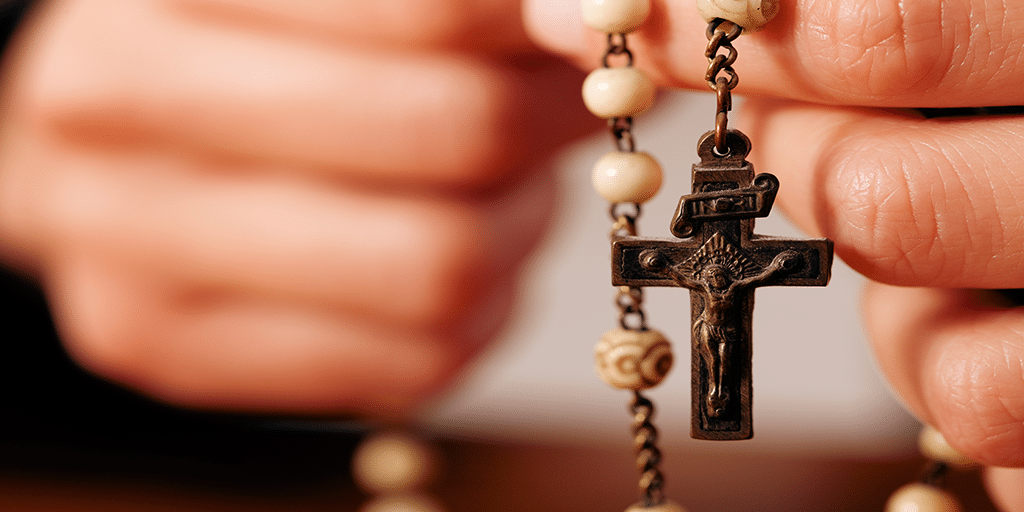| By: Dr. John Ankerberg, Dr. John Weldon; ©2005 |
| Although Catholic theology attempts to draw a fine line be¬tween the worship offered to God and that offered to Mary, in practice, these frequently become indistinguishable |
Is Mary Worshipped in the Roman Catholic Church?
Although Catholic theology attempts to draw a fine line between the worship offered to God and that offered to Mary, in practice these frequently become indistinguishable. The specific terms used are latria—adoration which is due God alone; dulia—veneration offered to the saints and hyperdulia—special veneration given only to Mary. But, this kind of distinction is almost impossible to maintain in practice—and regardless, even Catholic texts may make terms such as “veneration,” “adoration,” and “worship” unclear when referring to God and Mary. [1] As H. M. Carson remarks, “The development of Mariology has been accompanied by an ever-increasing tendency to accord Mary a worship that, in much popular devotion, is indistinguishable from that offered to God alone.” [2] For example, when the average Roman Catholic invokes the aid of Mary as a heavenly, all powerful, omniscient intercessor, or to beseech Jesus for them, or to help forgive their sins, it is hard to imagine that in that precise moment they are mentally distinguishing in a split second between latria, dulia and hyperdulia. “Rome may deny that Mary is worshipped as God. But to attribute to her powers which involve omniscience and omnipresence, if she is to hear [and answer] the prayers of millions, is to accord to her what belongs to God alone. Furthermore, the prayers themselves are phrased in such a way that it is hard to distinguish them from those offered to God.” [3] Indeed, Rome has at least fourteen “feasts of Mary”—special days “set aside to worship God with special commemoration of events referring to Mary the mother of God.” [4] As a noted Protestant theologian, R. C. Sproul, remarks, “I think, however, for all practical purposes, that I can say without fear of ever being proven wrong, that millions of Roman Catholic people in this world today worship Mary, and in doing so, believe that they are doing what the Church is telling them to do.” [5] In The Roman Catholic Church in History, Dr. Walter Martin outlined what he called the “seven steps to deity” that, in the end, made Mary like a God. In the material below we have summarized and added to Martin’s evaluation in the following chart:|
Mary
|
Jesus
|
| Mother of God | Son of God |
| Sinless (Immaculate Conception) | Sinless |
| Perpetual Virgin | Born of a virgin |
| Ascended (assumed) bodily into heaven | Ascended bodily into heaven |
| Queen of Heaven | King of Heaven |
| Dispenser (Mediatrix) of all graces to mankind | Dispenser of all redeeming grace to mankind |
| Co-Redemptrix in the salvation of man | Redeemer and Savior of man |
Notes
- ↑ Robert C. Broderick, ed., The Catholic Encyclopedia, revised and updated (NY: Thomas Nelson Publishers, 1987), p. 33.
- ↑ H. M. Carson, Dawn or Twilight? A Study of Contemporary Roman Catholicism (Leicester, England: InterVarsity Press, 1976), p. 128.
- ↑ Ibid., p. 129.
- ↑ Broderick, ed., p. 374, emphasis added.
- ↑ R. C. Sproul, “The Virgin Mary,” lecture transcript, p. 12.
- ↑ Walter Martin, The Roman Catholic Church in History (Livingston, NJ: Christian Research Institute, Inc., 1960), p. 54.
- ↑ Ibid., p. 58.
- ↑ Ibid., p. 59.
- ↑ Ibid., p. 60.
- ↑ Ibid., pp. 60-61.
- ↑ Ibid., p. 56-58.
- ↑ Broderick, ed., p. 380.
- ↑ Paul G. Schrotenboer, ed., Roman Catholicism: A Contemporary Evangelical Perspective (Grand Rapids, MI: Baker, 1980), p. 31.
- ↑ Broderick, ed., p. 284.
- ↑ Ibid., p. 32.
- ↑ Ibid., p. 33.




Leave a comment